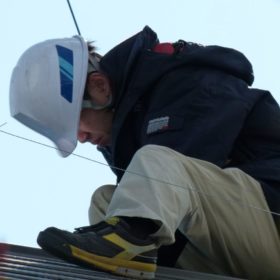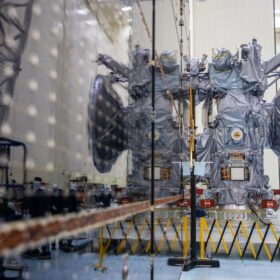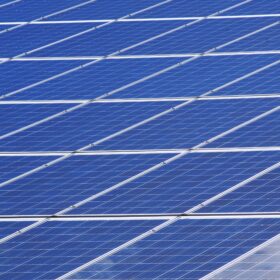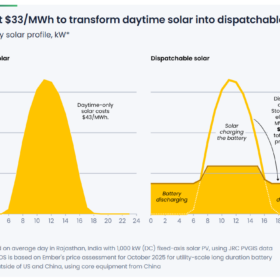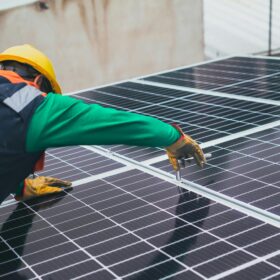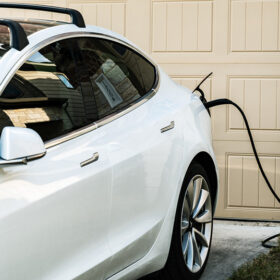Atlanta Motorsports Park goes solar
The motorsports club with an F1-style track is installing a solar array that is expected to power about 60% of its operations.
SunPower goes bankrupt
The residential solar installer has filed for bankruptcy, among the largest in a series of major bankruptcies in the industry.
Solar array installed for mission to Jupiter’s icy moon Europa
The Europa Clipper mission will send a craft the size of a basketball court to Europa, a moon considered a potential habitat for life.
Goldman Sachs invests $440 million in renewable independent power producer
The strategic investment in BrightNight will support the development of utility, commercial, and industrial solar and energy storage projects.
Nextracker posts 50% year-over-year revenue growth
The solar tracker manufacturer increased its fiscal Q1 2025 revenue to $720 million, up from the previous year’s revenue of $480 million.
Chinese solar cell prices fall amid oversupply
In a new weekly update for pv magazine, OPIS, a Dow Jones company, provides a quick look at the main price trends in the global PV industry.
Massive 900 MW solar project designed to preserve agricultural land
Brookfield Renewable Partners filed a notice of intent for a 900 MW solar project in Oregon that will be installed in ribbons along the edge of a field to allow for continued agricultural use of the land
Sunnova forges two new partnerships with home energy financers
The residential solar and energy storage “adaptive services” provider partnered with EV charging and home energy financers.
U.S. clean energy tax credit market to reach $25 billion in 2024
A mid-year report from tax credit marketplace Crux showed that deal volume is expected to come in higher than previously expected at $20 to $25 billion this year.
U.S. Bureau of Land Management advances over 6 GW of solar projects
Once complete, the projects would generate enough electricity to power roughly 2 million homes.


